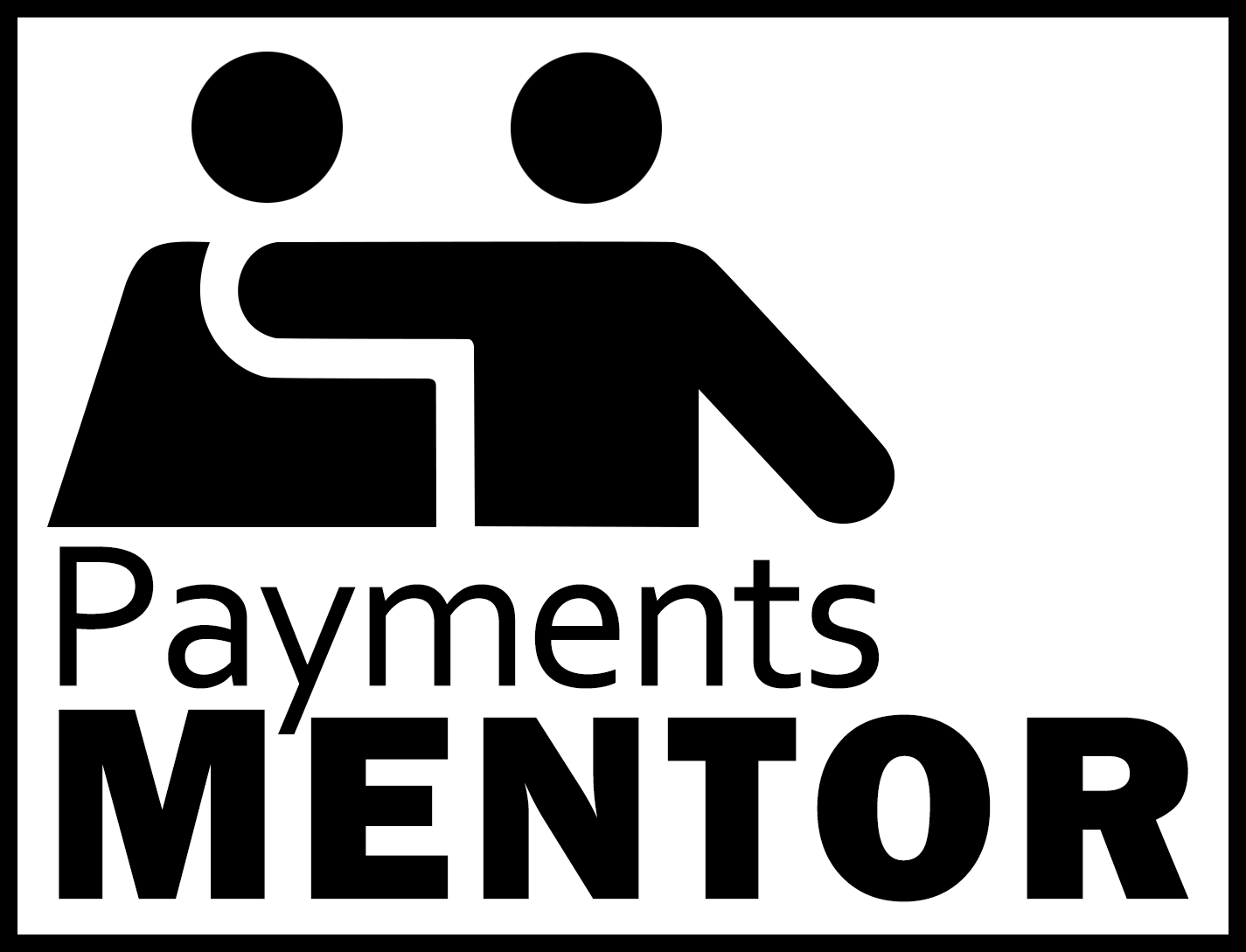Selecting the right support plan from your payment provider is a critical decision that can significantly impact your business operations. The level of support you receive directly affects your ability to resolve issues promptly, optimize payment processing, and deliver a seamless experience to your customers.
Navigating the various support plan options can be challenging, especially when considering factors such as response times, technical expertise, and cost. It’s essential to understand your unique business requirements and align them with the support offerings provided by your payment partner.
In this article, we’ll guide you through the process of choosing the ideal support plan from your payment provider. We’ll explore the key factors to consider, the different types of support available, and how to assess which plan best suits your needs.
Why Choose the Right Support Plan?
Opting for the appropriate support plan from your payment provider is crucial for ensuring the smooth operation and reliability of your payment systems. This decision directly influences how quickly problems are addressed and how effectively your business can respond to changes in the payment landscape.
A well-suited support plan empowers you to:
- Minimize downtime: With prompt assistance from your payment provider’s support team, you can swiftly resolve technical issues and reduce the impact on your business operations.
- Enhance customer satisfaction: By having access to reliable support, you can maintain a seamless payment experience for your customers, leading to increased trust and loyalty.
- Adapt to evolving needs: As your business grows and your payment requirements change, the right support plan ensures that you have the necessary resources and expertise to navigate new challenges.
- Optimize payment processing: With expert guidance from your payment provider’s support team, you can fine-tune your payment setup, improve efficiency, and reduce costs.
Before committing to a specific support plan, it’s essential to assess your business’s unique needs and challenges. This introspection will provide a solid foundation for making an informed decision that aligns with your goals and requirements.
How to Choose the Right Support Plan
1. Assess Your Business Needs
Start by evaluating the frequency and complexity of the issues you encounter in your payment processing. Determine whether you primarily require basic troubleshooting assistance or more advanced technical support.
Consider the following factors:
- Transaction volume: Higher transaction volumes may necessitate a more comprehensive support plan to ensure timely issue resolution.
- Peak transaction times: Identify your busiest periods and assess how quickly you need responses during these critical moments.
- Internal expertise: Evaluate your team’s technical knowledge and determine if you have the in-house capabilities to handle certain issues independently.
- Future growth: Anticipate your business’s growth trajectory and choose a support plan that can scale alongside your expanding needs.
Using a payment gateway checklist, like the one offered by NMI, can help you align your support needs with your current and future business requirements. This ensures that you select a plan that not only addresses your immediate concerns but also supports your long-term objectives.
2. Evaluate Support Plan Features
When comparing support plans, pay close attention to the features and benefits offered by each option. Look for plans that provide:
- 24/7 availability: If your business operates across multiple time zones or outside regular business hours, round-the-clock support is crucial for minimizing downtime.
- Response times: Examine the guaranteed response times for different levels of support requests. Faster response times can help mitigate potential business disruptions and ensure a smoother customer experience.
- Dedicated account managers: Having a dedicated point of contact who understands your unique payment integration needs can greatly streamline issue resolution and provide personalized guidance.
- Proactive monitoring: Some support plans include proactive monitoring of your payment systems, allowing for early detection and prevention of potential issues before they impact your business.
Carefully review the service level agreements (SLAs) associated with each support plan to understand the commitments made by the payment provider regarding response times, uptime guarantees, and issue resolution targets.
3. Consider Technical Support Capabilities
When evaluating support plans, ensure that the provider’s technical support capabilities align with your business’s needs. Look for plans that include:
- Integration support: If you require assistance with integrating your payment system with other software or platforms, make sure the support team has the expertise to guide you through the process.
- Technical troubleshooting: Verify that the support team is equipped to handle complex payment processing queries and can provide in-depth technical guidance when needed.
- Best practices and recommendations: A knowledgeable support team should be able to offer insights on payment integration best practices and suggest improvements to optimize your setup.
Assessing the technical proficiency of the support team will give you confidence in their ability to resolve issues efficiently and provide valuable guidance to enhance your payment processing.
4. Compare Customer Support Options
In addition to technical support, consider the customer support options available with each plan. Compare the accessibility and convenience of different communication channels, such as:
- Phone support: Having the option to speak directly with a support representative can be invaluable for urgent issues or complex queries.
- Email support: Email communication allows for detailed explanations and the sharing of relevant documentation or screenshots.
- Live chat: Real-time chat support can provide quick answers to simple questions and help with minor troubleshooting.
- Help desk and knowledge base: Access to a comprehensive knowledge base and self-service resources can empower your team to find solutions independently and reduce reliance on direct support.
Evaluate the availability and responsiveness of each support channel to ensure they align with your preferred communication methods and business requirements.
5. Analyze Cost vs. Value
While cost is an important consideration when choosing a support plan, it’s crucial to assess the value provided by each option. A higher-priced plan may offer enhanced service levels, faster response times, and more comprehensive support, which could ultimately save your business money by minimizing downtime and improving efficiency.
Consider the following when analyzing the cost-benefit ratio:
- Service level agreements (SLAs): Higher-tier plans often come with more stringent SLAs, guaranteeing faster response times and higher uptime percentages.
- Proactive support: Some premium plans include proactive monitoring and regular health checks of your payment systems, helping to identify and resolve potential issues before they impact your business.
- Customized guidance: Higher-level plans may offer personalized guidance from dedicated account managers who can provide strategic insights tailored to your specific business needs.
- Scalability: Consider the long-term value of a support plan that can adapt to your business’s growth and evolving requirements, preventing the need for frequent plan changes.
While it may be tempting to opt for the lowest-cost option, carefully evaluate the potential impact on your business operations and customer satisfaction. Investing in a comprehensive support plan can provide peace of mind and help you avoid costly downtime and reputational damage.
Choosing the right support plan from your payment provider is a strategic decision that requires careful consideration of your business’s unique needs, the features and capabilities offered by each plan, and the overall value provided. By taking the time to assess your requirements, compare plan options, and analyze the cost-benefit ratio, you can select a support plan that empowers your business to thrive in the ever-evolving world of payment processing.
How to Choose the Right Support Plan
Before exploring specific plans, start with a comprehensive evaluation of your business’s operational landscape. This involves identifying the unique payment processing challenges you face and understanding the intricacies of your daily operations. By analyzing factors such as the complexity of payment flows, common technical hurdles, and your team’s problem-solving capabilities, you lay the groundwork for choosing the most effective support plan.
Begin by examining the complexity and scale of your payment operations. Businesses with intricate payment setups or those experiencing rapid growth may benefit from advanced support frameworks to ensure consistent service delivery. Understanding the nuances of your payment environment will guide you in selecting a support level that complements your operational demands.
Consider the nature of issues that frequently arise within your payment systems. Determine if these challenges are predominantly related to integration complexities, compliance requirements, or operational disruptions. This insight will inform your choice of a support plan that aligns with your business’s specific needs.
Additionally, evaluate the problem-solving capabilities within your organization. Assess whether your team possesses the expertise required to tackle complex payment issues independently or if external guidance is necessary. This understanding will aid in determining whether a foundational support plan is sufficient or if more specialized assistance is warranted. By integrating these insights, you can confidently select a support plan that enhances your operational resilience and strategic objectives.
1. Assess Your Business Needs
Begin by conducting a thorough evaluation of your payment processing environment to determine the specific support your business requires. Identify the types and frequency of challenges you face—whether they are routine technical glitches or require more comprehensive solutions. Distinguishing between these will help you decide if your business needs basic support or a more robust, technical assistance package.
Next, evaluate your busiest transaction periods. Understanding when your transaction volumes peak is crucial for ensuring that you have the right level of support to efficiently manage any disruptions during these times. This insight will influence your expectations regarding the responsiveness and availability offered by your support plan.
Additionally, employ a strategic approach by utilizing tools and resources to ensure your support plan aligns with both immediate operational demands and future scalability. By taking these steps, you lay the foundation for selecting a support plan that not only meets your current needs but also adapts as your business grows and evolves. This approach ensures that your operations remain smooth and disruptions minimal, providing peace of mind and operational resilience.
2. Evaluate Support Plan Features
When assessing support plan features, prioritize those that offer consistent and comprehensive assistance. For businesses with a global reach, it’s essential to have support that operates continuously, ensuring that issues are addressed promptly, no matter the time zone. Plans that provide this level of service help maintain operational continuity and prevent interruptions during critical periods.
Consider the efficiency of the support plan in terms of response times. Assess how quickly different types of requests are handled, as shorter response times can significantly reduce the potential for disruptions. This capability not only keeps operations running smoothly but also reinforces customer confidence by ensuring transactions are completed without unnecessary delays.
In addition, having access to a dedicated relationship manager can greatly enhance the support experience for businesses with intricate payment systems. These managers offer specialized insights and proactive strategies tailored to your specific payment setup, ensuring that your processes are optimized for maximum efficiency. By focusing on these essential features, you can choose a support plan that aligns seamlessly with your business’s operational needs and strategic objectives.
3. Consider Technical Support Capabilities
Exploring the technical support capabilities of a payment provider’s plan is crucial for ensuring operational efficiency and addressing technical obstacles. Begin by verifying that the support plan encompasses assistance for integration-related challenges. As your business adopts new technologies, the ability to seamlessly integrate them into your existing infrastructure becomes paramount. A support team skilled in integration ensures your systems work harmoniously, preventing disruptions and facilitating smooth technological transitions.
Moreover, technical issue resolution is a vital component of a strong support plan. Investigate whether the support team possesses the expertise to tackle intricate payment processing challenges. Such proficiency guarantees that any technical difficulties can be swiftly managed, reducing downtime and preserving customer trust. A knowledgeable support team can not only solve immediate issues but also offer insights that enhance your system’s efficiency.
Beyond addressing immediate concerns, consider the benefit of having a support team that provides strategic advice on optimizing your payment systems. This proactive approach not only resolves current challenges but also equips your business to maximize the potential of its payment infrastructure. Selecting a support plan that prioritizes comprehensive technical capabilities positions your business for sustained success and competitive advantage, ensuring your operations run smoothly and efficiently.
4. Compare Customer Support Options
Evaluating the range of customer support options offered by payment providers is a crucial aspect of selecting the right support plan. It’s important to assess how your team can engage with support; consider the diversity of options such as direct phone lines, email correspondence, and instant messaging services. Each channel offers its own advantages, providing multiple ways to access immediate assistance tailored to the nature of the inquiry.
Access to a well-structured help desk and a resource-rich knowledge base can greatly enhance your team’s ability to independently address common issues. These resources should be comprehensive, offering step-by-step guides and troubleshooting tips that empower your staff to handle straightforward technical challenges without external intervention. This self-service aspect not only boosts operational efficiency but also fosters a culture of proactive problem-solving within your organization.
Furthermore, it’s essential to evaluate the support team’s capability to deliver solutions with both speed and accuracy. The quality of interaction you receive can significantly influence your operational flow and client satisfaction. Investigate the provider’s history of resolving issues effectively and consider any special features that prioritize urgent matters. By thoroughly reviewing these customer support options, you equip your business with the necessary tools to ensure a robust and responsive payment processing environment.
5. Analyze Cost vs. Value
Choosing a support plan requires a nuanced evaluation of both the costs involved and the overall benefits delivered to your business. It’s important to consider the broader implications of your investment, looking beyond immediate expenses to assess how effectively a plan can enhance your operational resilience. This perspective can reveal the true worth of your support plan, especially when factoring in potential savings from reduced disruptions.
Investing in a plan with premium features can offer distinct advantages, such as priority handling of issues and advanced troubleshooting capabilities. While the initial cost might be steeper, the ability to swiftly mitigate risks and maintain uninterrupted service can translate into significant long-term savings. These plans typically provide a strategic advantage by ensuring your operations remain smooth and that customer trust is bolstered through consistent service delivery.
Furthermore, consider the strategic value of support plans that include predictive analysis and tailored recommendations. These features can preemptively address system vulnerabilities, thereby fortifying your infrastructure against future challenges. When assessing the financial commitment of a support plan, weigh these proactive elements as they align with your strategic goals and operational needs, ensuring your choice supports sustainable growth and stability.
Final Thoughts
In selecting a support plan, it is essential to view it as an integral component of your business’s overall strategy. Assess how the plan complements other critical areas such as customer engagement, technology adoption, and compliance management. This approach ensures that your support plan not only meets immediate operational requirements but also aligns with your long-term business vision.
The capability of a support plan to pivot with industry changes is crucial. Payment processing requirements are continually evolving, necessitating a support plan that offers the flexibility to incorporate emerging technologies and adapt to new regulatory landscapes. Opting for such a plan ensures your business remains ahead of the curve, capable of navigating shifts in the market with ease.
Furthermore, consider the potential for collaboration and innovation that a robust support plan can unlock. By fostering a dynamic partnership with your payment provider, you can leverage their expertise to explore untapped opportunities and drive business growth. This collaborative approach enhances your ability to deliver superior service, ensuring your business remains a leader in the competitive payment processing domain.
Choosing the right support plan is a critical decision that can significantly impact your business’s success in the payment processing landscape. By carefully evaluating your unique needs, comparing plan features, and analyzing the cost-benefit ratio, you can select a support plan that empowers your business to thrive.
Related Frequently Asked Questions
What support options should businesses consider when choosing a payment provider?
When selecting a payment provider, businesses should evaluate the availability of live support, dedicated account management, 24/7 response windows, service level agreements (SLAs), and multi-channel communication options like chat, phone, and email. The ability to escalate critical issues quickly is also vital.
How does support quality impact transaction uptime and customer satisfaction?
High-quality support reduces downtime by resolving issues quickly, which directly affects transaction success rates. Quick resolutions for outages, chargeback management, and integration problems ensure smoother operations and higher customer satisfaction.
Can investing in a premium support plan lower long-term costs?
Yes, premium support often includes proactive monitoring, faster escalations, and value-added services like detailed reporting or reconciliation support. These benefits can prevent revenue loss from downtime and help streamline internal operations, reducing overall costs.
Chris Jenkins is a veteran compliance executive with over 20 years of experience in fraud prevention, regulatory frameworks, and enterprise risk management. Currently serving as Head of Risk & Compliance at a leading payments processor, Chris helps build systems that prevent and respond to real-time threats while maintaining compliance with international standards like PCI-DSS and PSD2. His career spans senior roles at global card networks and advisory positions for startups, where he’s known for marrying innovation with robust security protocols.











